Kadoorie Farm and Botanic Garden is a 150-hectare nature reserve, farm, and rescue animal center sprawled over one of the foothills of Tai Mo Shan, the tallest mountain in Hong Kong. It was once a philanthropic project and now an educational center with many behind the scenes work that’s a perfect outing for the eco-conscious minded. Whether it’s learning about the rescued animals that the center has taken in, or getting familiar with various plants both native and foreign to Hong Kong, there’s something for you to do. And did I mention the photography opportunity?
A brief history of Kadoorie Farm

Kadoorie Farm and Botanic Garden started as an agricultural project to help the villagers of New Territories improve their livelihoods by Horace Kadoorie. They were taught how to farm and raise livestocks so they can provide for themselves. In 1995, it was officially changed into the current Kadoorie Farm, promoting and educating the public on sustainable living while rehabilitating rescued animals. They also have an organic farm and continue to rear chickens behind the scenes.
Unlike country parks in Hong Kong, the vegetation in Kadoorie Farm is a mix of local and foreign floras. They have their own plant department with different strategies and worth visiting during different seasons to see the blooms. A great example is the cherry blossoms that paint the hill pink around Chinese New Year.
Essential information on visiting Kadoorie Farm

Kadoorie Farm encompasses a large area, and it’s essential to plan your visit beforehand if you want to make the most of it. The farm can be roughly split into Upper and Lower Nature Reserve, with a shuttle service available for visitors to get around the main sights.
How to get there: the easiest way is to get the 64K bus from Tai Po Market and get off at the Kadoorie Farm bus stop, which is right by the entrance.
Admission tickets: 30HKD for adults, 15HKD for age 5 to 11
Opening times: 9:30 – 17:00
Note: Last entry 4pm, estimate around 1000 visitors per day
It is reopening on 22nd February in limited capacity due to COVID-19
Kadoorie Farm shuttle

The shuttle tickets with admission tickets at 10HKD one way. The shuttles depart at set time and spaces can sell out quickly, especially in autumn, so tickets are best purchased along with your admission.

It’s a circular line and most choose to go up to the highest point and then walk back down and loop through the sights. If you wish to join half way, there’s no guaranteed seat. If you got a return ticket, remember to keep it.
You can find the schedule here.
Kadoorie Farm attraction
The Kadoorie Farm can be split into Upper and Lower Nature Reserve Areas, with all the animal sanctuaries all located in the latter. You can see the full list of Kadoorie Farm’s attractions here – and there are so many that I think even a day trip wouldn’t cover it all. So here are my favourite:
Upper Nature Reserve Area
The Upper Nature Reserve Area is less visited since it is higher and more spread out. But it is worth the trek with wild flora and fauna, hiking trails, and pavilions.
Kadoorie Brothers Memorial Pavilion 兄弟庭

One of the highest parts of Kadoorie Farm, the Kadoorie Brothers Memorial Pavilion is a short steep hike from the shuttle stop or an hour’s hike up from the entrance.

It was built in 1997 as a tribute to the Kadoorie brothers, and there are a few hidden Easter eggs up there. Make your way through the moon gate to the twin-pavilion, where the Kadoorie’s motto ‘Adhere and prosper’ is written along the slope.
Look up at the roof of the pavilion and you’ll find a yellow mouse statue perched on the beams. It’s an inside joke between the Kadoorie brothers, of being mousey.

There is also an engraving ‘To Muriel’, who was the wife of Lawrence Kadoorie.

The twin pavilions is a semi-circle loop that faces northwest New Territories, with a viewing platform across from the entrance that offers a view of the other side.
Sky Trail

To the side of the panorama platform is the trail start for the Sky Trail that leads down to the T.S. Woo Pavilion. Most of the trees that grow along the way are part of the experimental tree planting project by the Kadoorie Farm. This is a good alternative to the tarmac road since it is shaded along the way.

Fun fact: there is a cherry blossom tree right by the trail start that makes for a perfect photo op when it’s in bloom in spring.
T.S. Woo Pavilion

The T.S. Woo Pavilion is surrounded by Taiwan Cherry Blossoms that bloom every year around Chinese New Year, depending on the temperature.
They cluster between the Sky Trail end point and the pavilion. It’s a good second stop on your trip.
Kwan Yum Shan
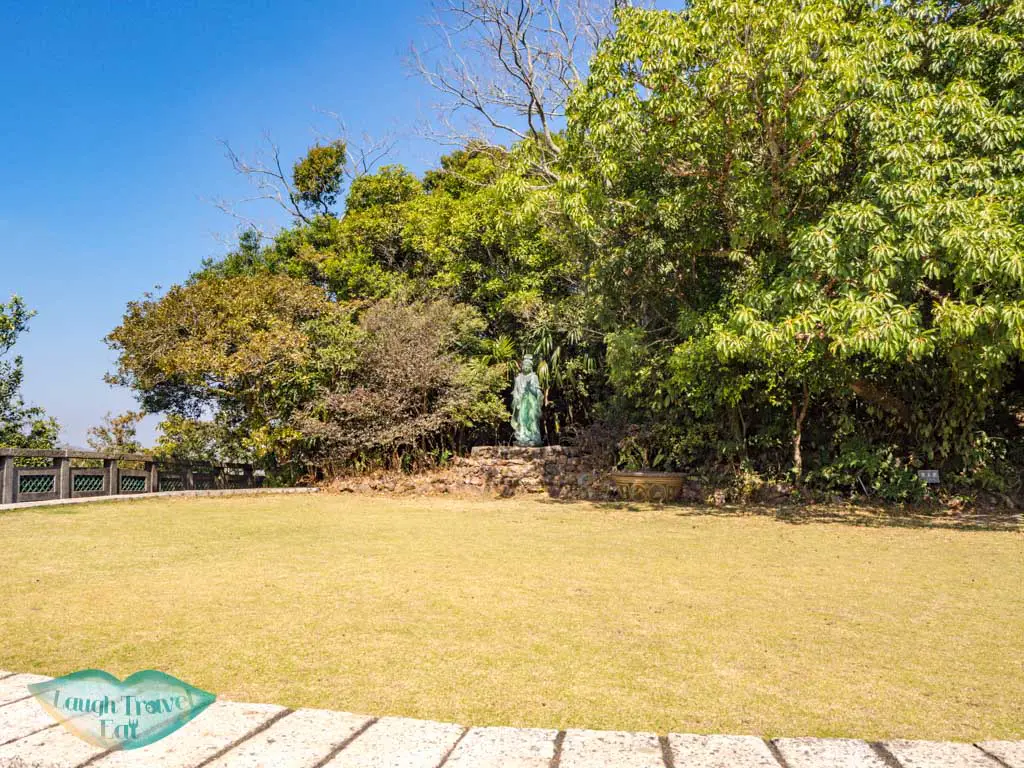
From the T.S. Woo Pavilion, it’s a surprisingly short walk to Kwan Yum Shan. Standing at 550 m above sea level, the summit is another amazing viewpoint with a panoramic walk.

The hike up is flanked by the Dragon and Phoenix Pillars, with the statue of Kwan Yum at the very top in front of a grass field. But my favourite part was seeing the old tea farms in stepped ladders on the hike up, nestled on the slopes of Tai Mo Shan, a relic from the Qing Dynasty.

To the left of the fields are blue specks, a reflection of the tree protective rings surrounding the trees growing under the tree restoration project.

Another little hidden spot for you is the Hot Spot. Right next to the Kwan Yum Statue, is a volcanic hotspot that blows hot air out periodically, although it is only noticeable during colder weather.
Note: there is a hike up the Kwun Yum Shan ‘Rock River’ that takes you up to the hill, BUT as the top is part of Kadoorie Park, this is actually an illegal entry point. If you want to visit Kwan Yum Shan – visit Kadoorie Farm and make your way up.
Post Office Pillars

One of the more unique attractions in the Upper Nature Reserve is the Post Office Pillars – a set of four granite pillars that once adorned the Central Post Office. It was a gift from Mr. Y.C. Liang, who walked by during the demolition of the post office and rescued the four pillars after talking to the foreman.

He sent it to Horace Kadoorie as a gift, although its current location is not where it was put at first. Fun fact: Mr Liang was an agent for the British, who was in charge of planning a route for the troops to retreat. Its current location is along the way from Sham Shui Po to Shenzhen.
Lower Nature Reserve Area
Where all the animals, reptiles, amphibians, and birds are, the Lower Nature Reserve is best for family. Visitors can learn about the rescue and rehabilitation effort Kadoorie Farm and Botanic Garden carries out behind the scenes. Most of the animals that have stayed onsite are either non-native species that cannot assimilate or deemed too domesticated or lack the ability to survive in the wild.
P.S. I ran out of time to visit the pigs and the monkeys, but they are one of the highlights
Jim Ades Raptor Sanctuary
The two buildings across from each other make up the Jim Ades Raptor Sanctuary where rescued owls and eagles take up residence. Each member of the family is introduced by name and the circumstances that led them to their permanent stay at the raptor sanctuary.

The program to rehabilitate or house injured raptors started in 1994 and has seen 3600 birds in their care.A lot of the birds that stayed with the center are victims of the illegal trade, which is heartbreaking to see.
Note: non permanent birds can be found at the raptors jungle gym about 5 minutes away. It’s where rehabilitating birds go before they are deemed fit to return to nature
Streamlife Display

The unassuming small riverside hut is an educational center where visitors can learn about the aquatic life that resides in the nearby Lam Tsuen River. The many informative displays chronicle all the species that live there, from flies to toads.

They used to house a Golden Coin Turtle 金錢龜, too, which is an endangered specie in Hong Kong and often poached in the wild. Unfortunately, that is what happened – we must do our part in conservation and leave nothing but footprints in the stream.
Native Mammal Display
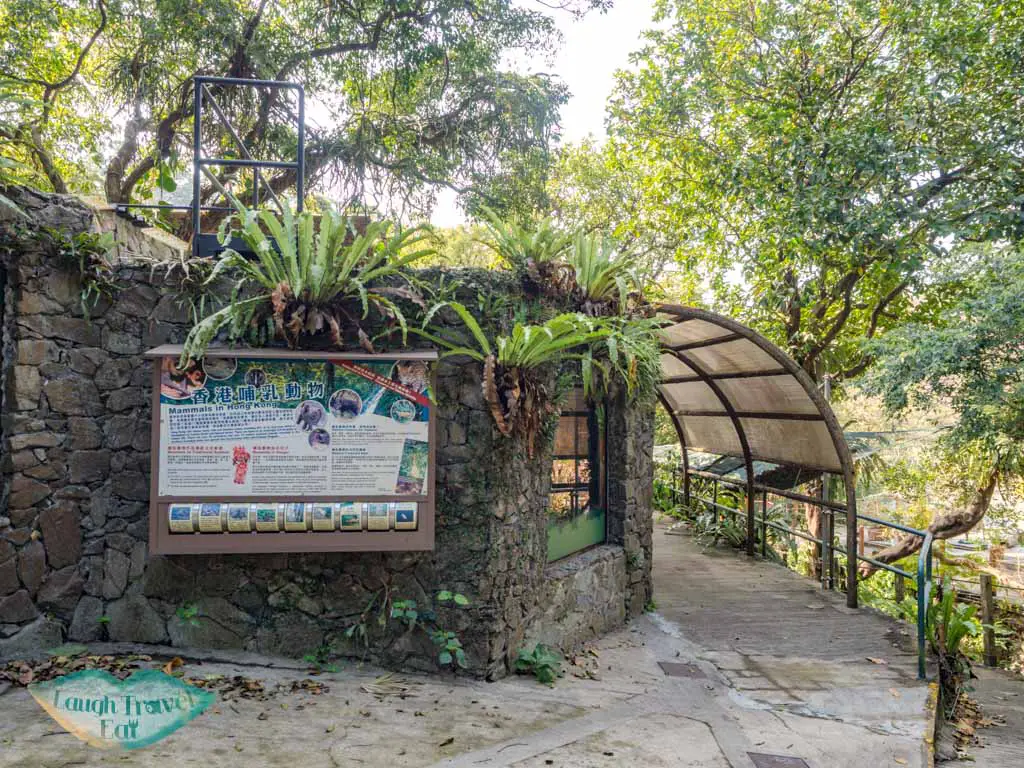
The Native Mammal Display is home to two native Hong Kong species: the Leopard Cats and Masked Palm Civets.

The Leopard Cats sisters were born here, with parents hailing from Malaysia. Because of that, they couldn’t return when their parents did and stayed here!
Fern Walk
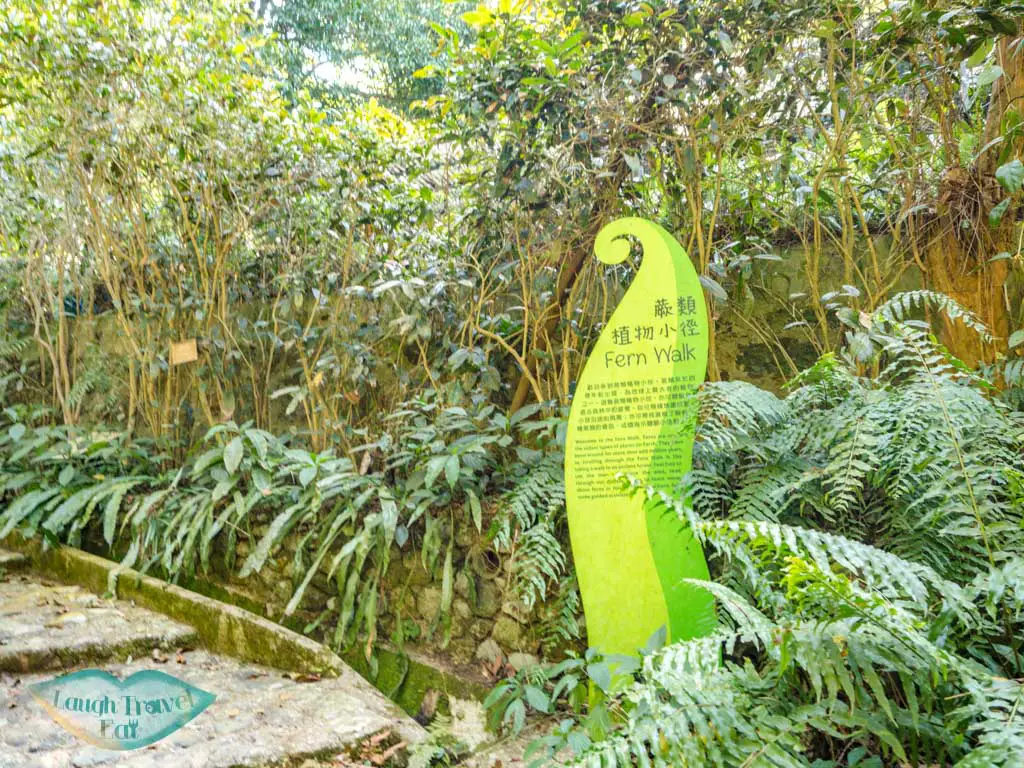
The Kadoorie Farm’s Fern Walk is probably as close as you can get to Jurassic Park in modern day Hong Kong. Ferns are one of the oldest evolutionary plant relics, and the Fern Walk is home to over 130 species of them. The walkway isn’t long, going parallel to the main road along the river shade by trees and giant leaves.
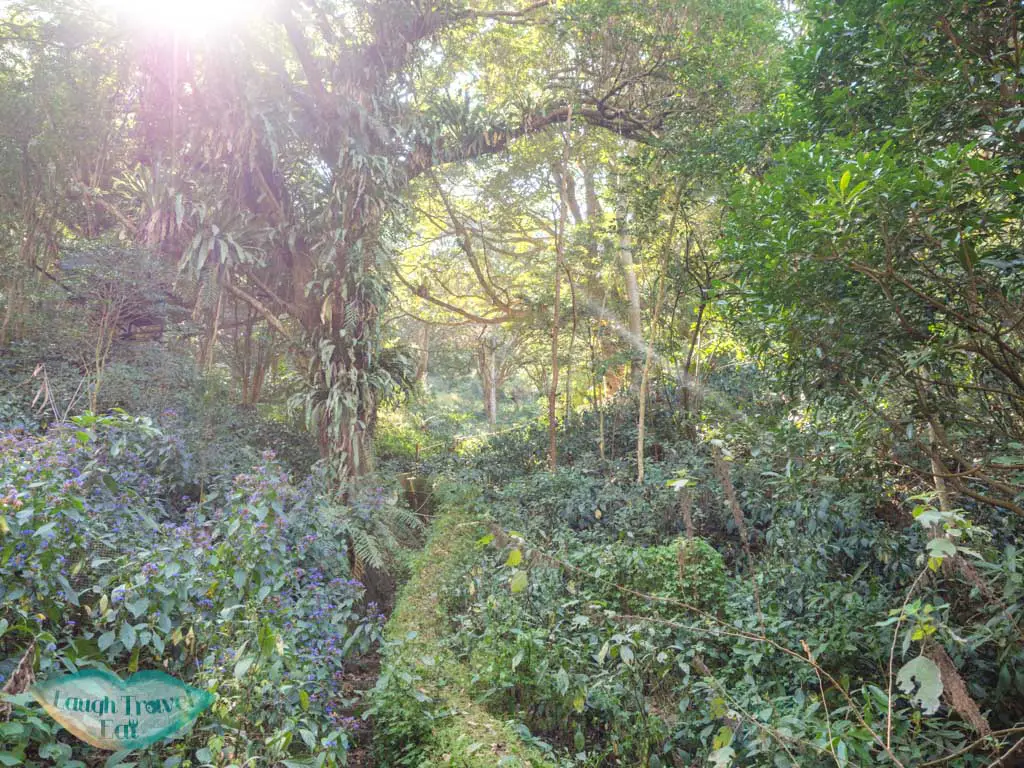
Watch out for the ferns that grow on trees – which is natural as they strive to go higher for more sunlights!
The Gloria Barretto Orchid Sanctuary

Orchids are one of the most popular flowers in Hong Kong, especially during Chinese New Year. The center is named after Gloria Barretto, a British orchid enthusiast who has contributed a lot to the Hong Kong’s orchid scene.
The sanctuary tries to recreate the natural habitat for orchids, which grew on trees. Their tiered garden is topped by three small greenhouses and an educational pavilion and you can get your bottle refilled there with filtered water from the local stream.


Vanilla!
Easter egg: look at the corner behind the greenhouse, across from the pavilion for a vanilla plant.to
Orchid Haven
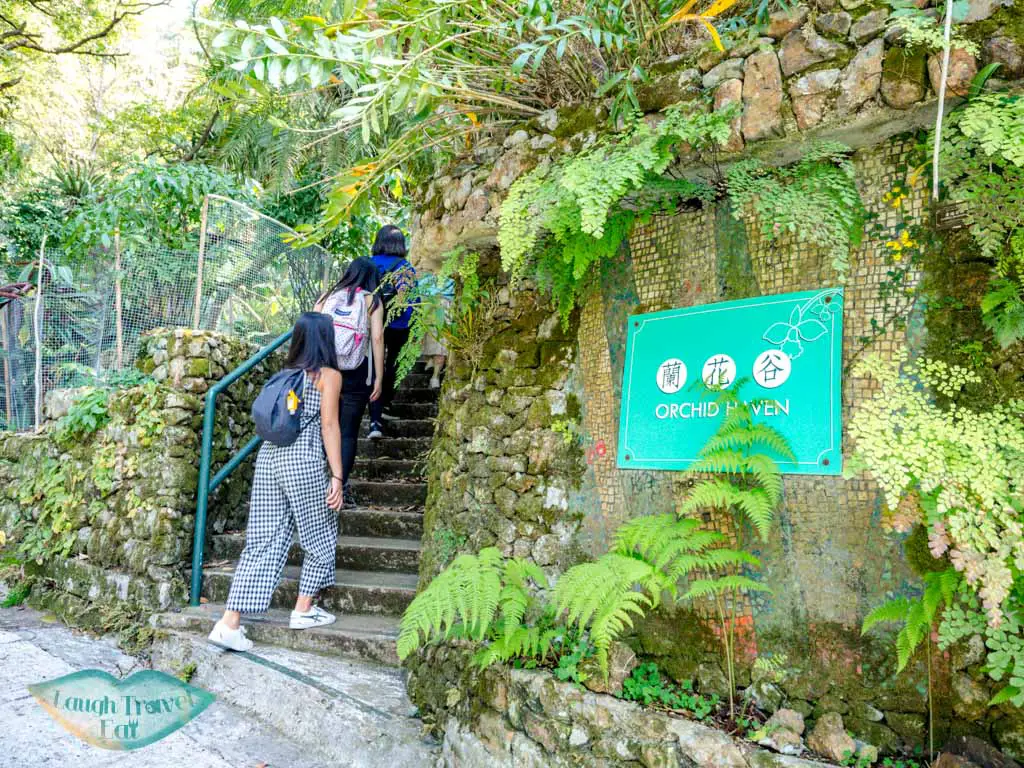
Next to the orchid sanctuary is the Orchid Haven, which is not home to orchids but a quaint garden on the slope.
Its Chinese style with traditional bridge and seating leads to a narrow waterfall that makes for a summer escape or a photo op!
Sun Garden Animal Exhibit

Right next to the Sun Garden Cafe is the Sun Garden Animal Exhibit that is home to rescued animals.

Among them are the cutest marmosets – a trio that are always curious to see humans.
Sun Garden Cafe
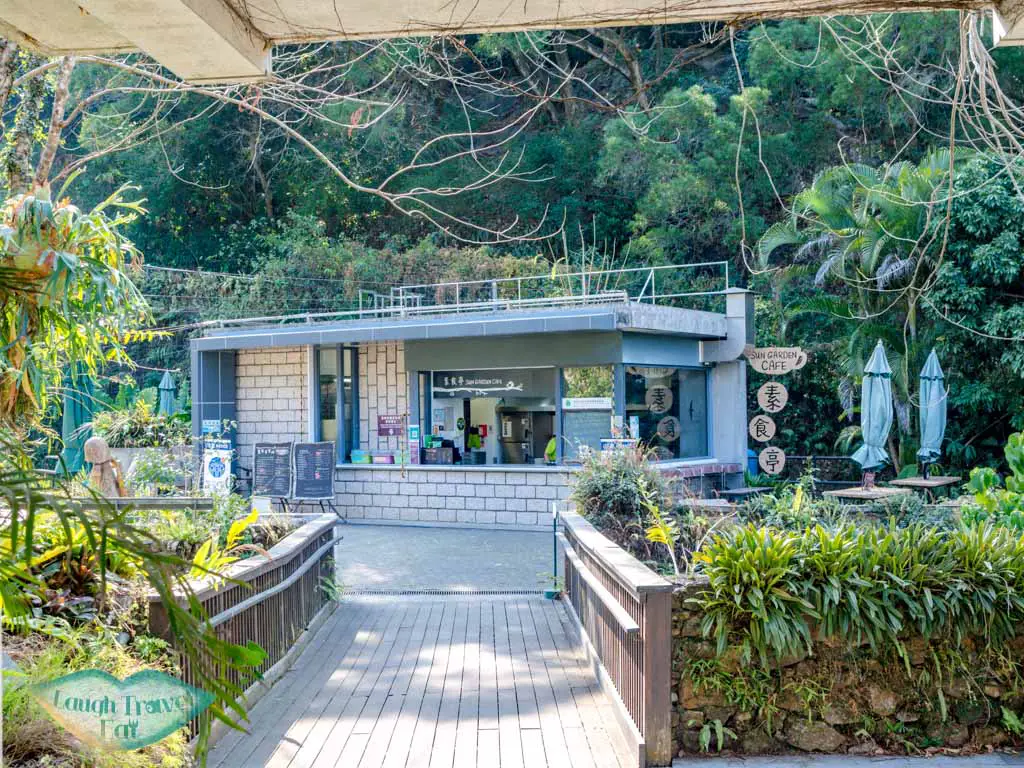
If you are getting hungry at this point, then head down to the Sun Garden cafe for some refreshments. They serve an array of drinks, and vegetarian snacks, and light bites, with some of the ingredients coming from the onsite farm. The cafe is managed by the New Life Psychiatric Rehabilitation Association and looks like a cross between a food truck and a country park snack stand.
Sustainability in Kadoorie Farm
As always – sustainability is something I admire in all attractions and hotels. While most of Kadoorie Farm’s eco-measures are behind the scene, it’s a huge part of their ethos:
Organic farming
The farms on the ground are all organic, with all the fertilizers made from the excrement of the chicken, pigs, and the fallen trees and vegetation within the nature reserve mixed together. The addition of bio-char, also made from the fallen vegetation in the area, made it more effective.
They are also home to the last remaining tea plantation in Hong Kong and still produce tea, which you can try in the shop and even purchase some! It’s a very small scale and they also plant coffee.
Upcycling
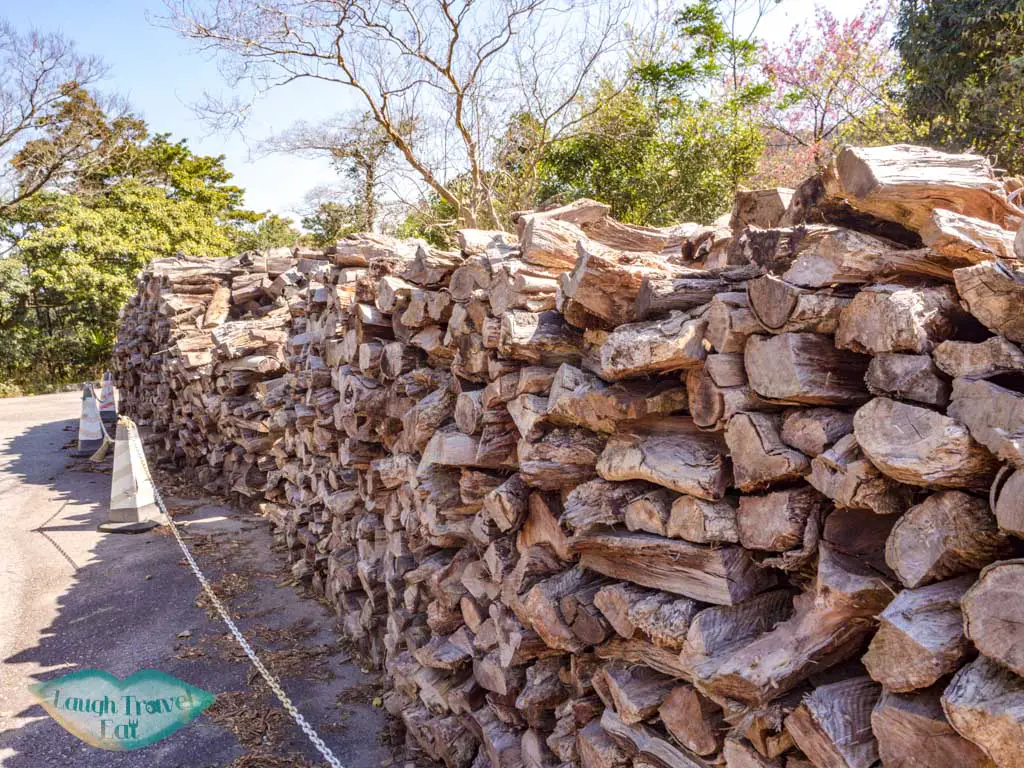
Speaking of fallen vegetation, the fallen wood from typhoons, those that are big enough and are not used for fertilisers or biochar are given to local artists to make wooden sculptures. You can find some of them dotted around the grounds!
No chemical or rat glue
To make sure no wild animals are trapped or poisoned, chemicals or rat glues that are harmful to them are not used.
Their own water system
Kadoorie Farm has its own water system with filtered mountain water that the public can use to refill. Hence, no bleach is allowed into the system and they go through bio filtration with 3 tanks with 4 types of plants that would filtrate it by roots. The water stays for a week in tank 1 then tank 2 and so forth. This water is then used for cleaning, irrigation, and other purposes.
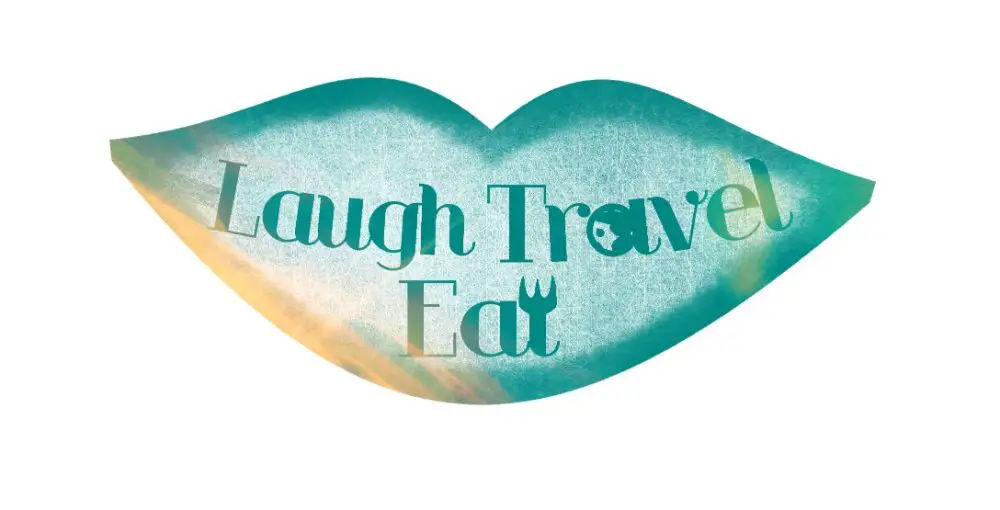

 中文 (香港)
中文 (香港)






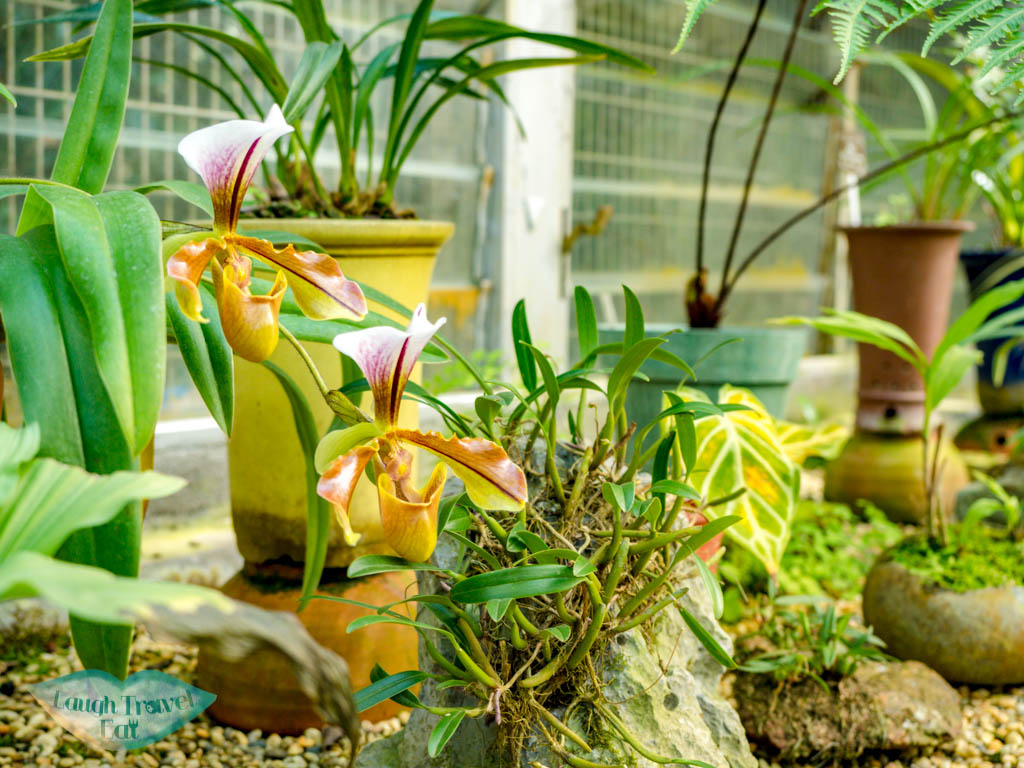














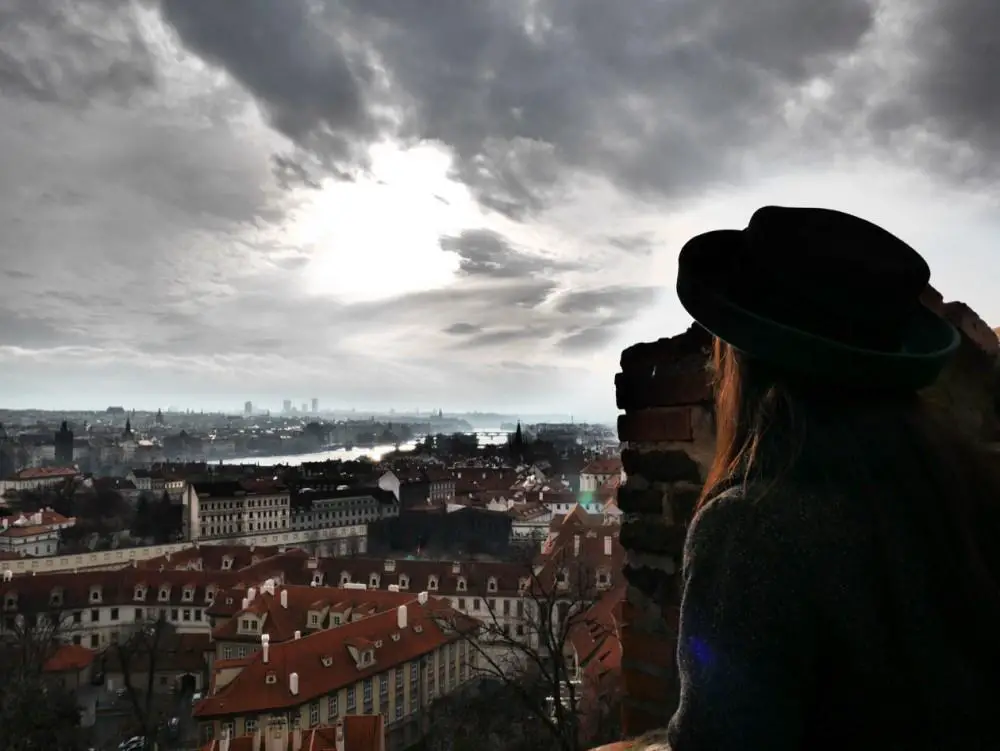


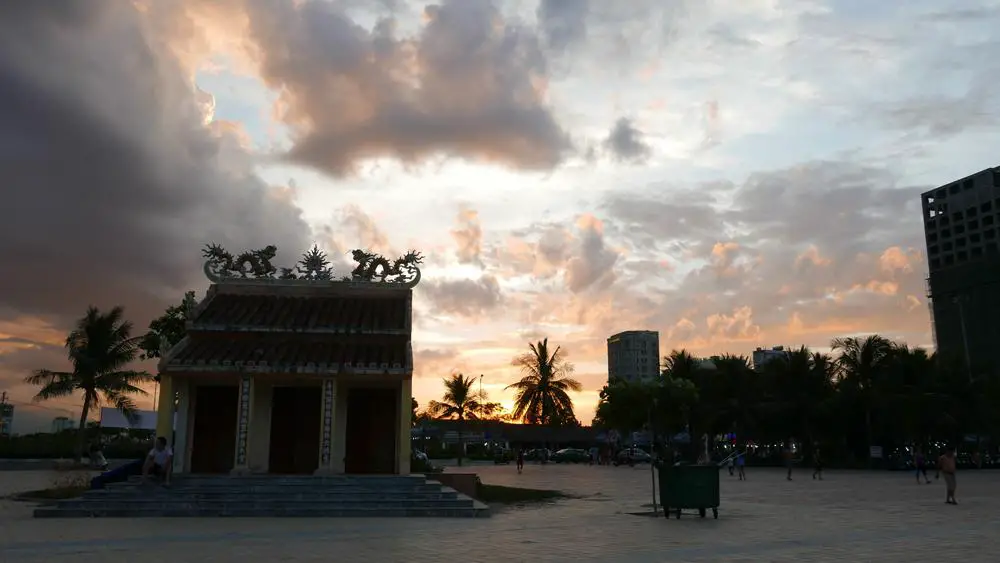











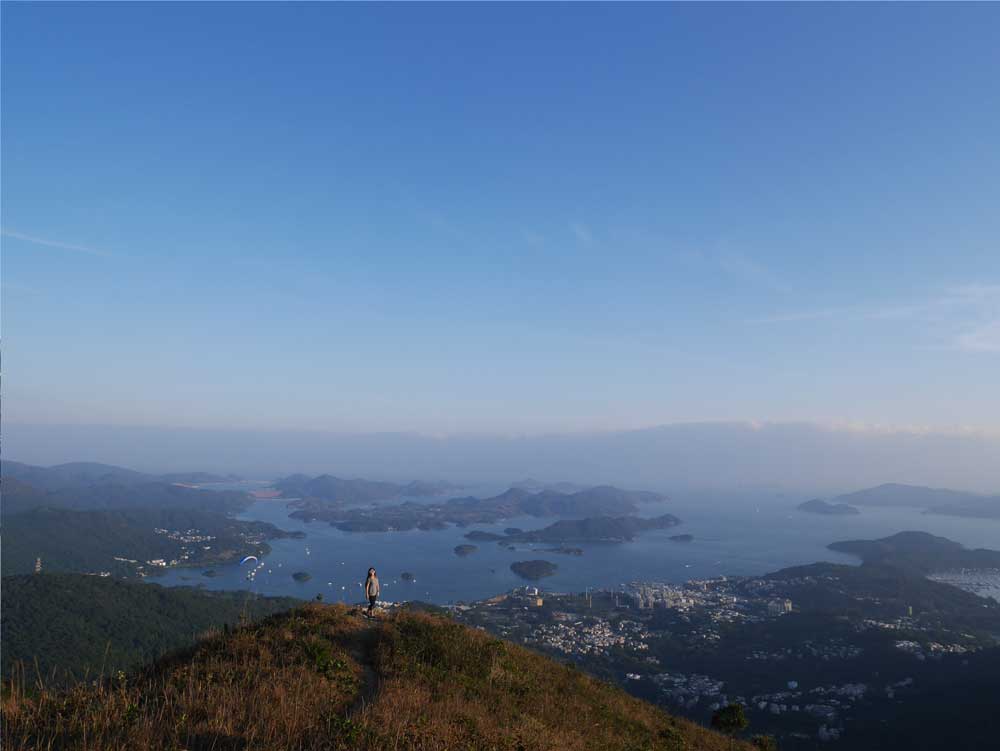

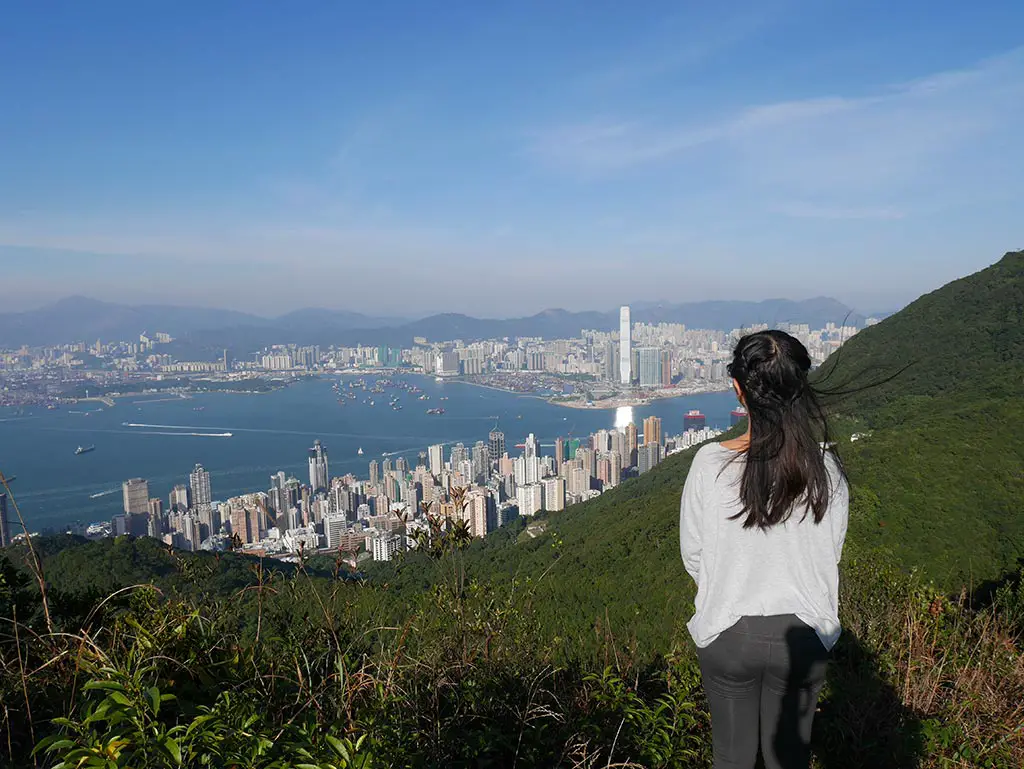

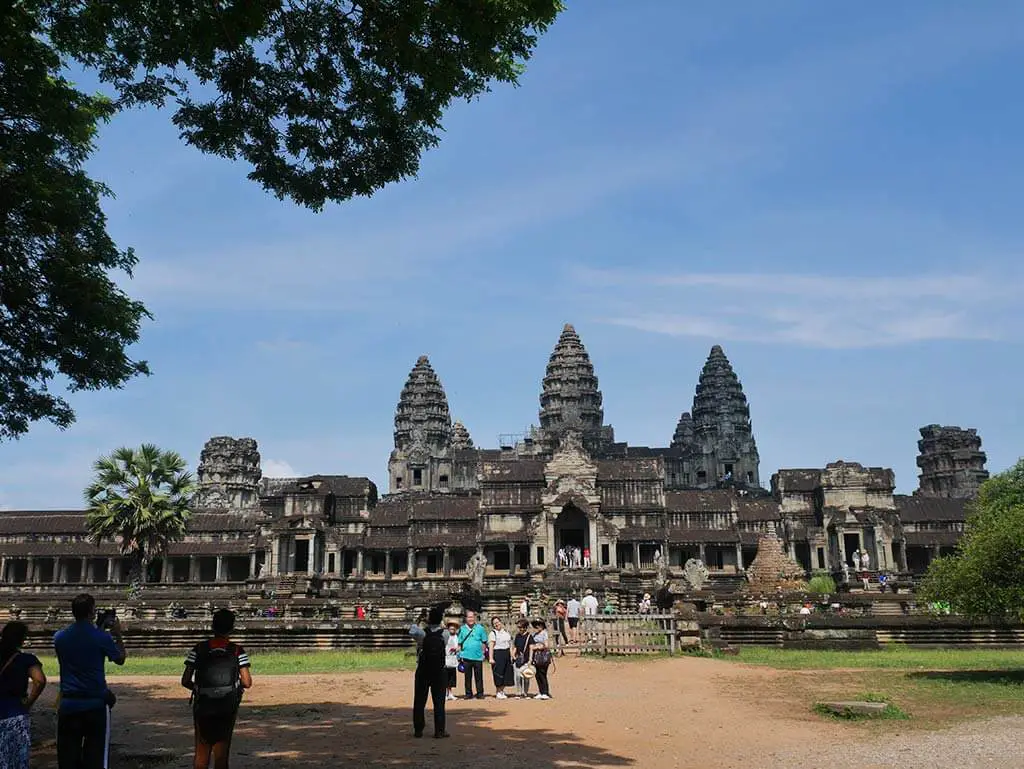
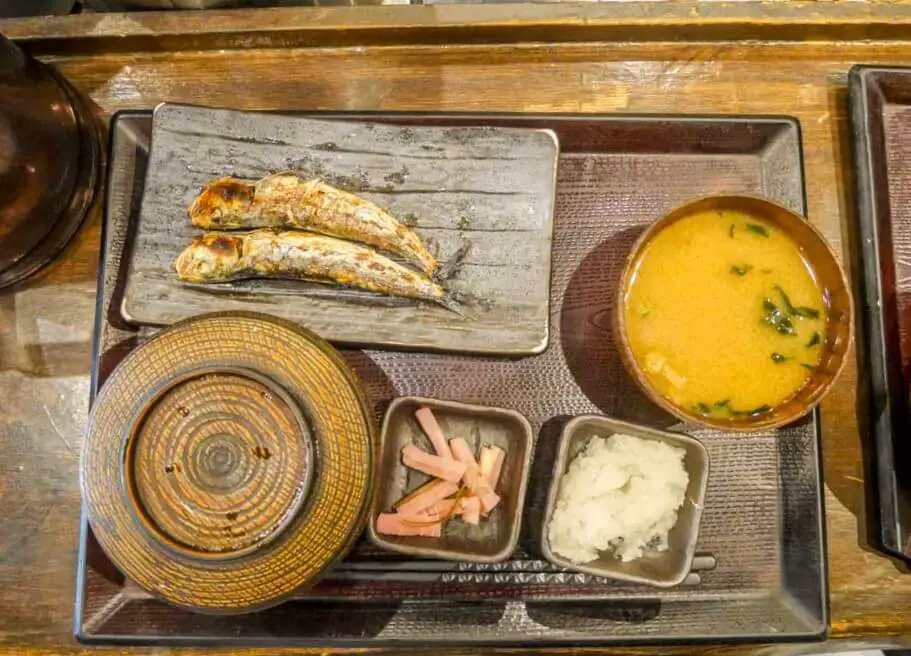

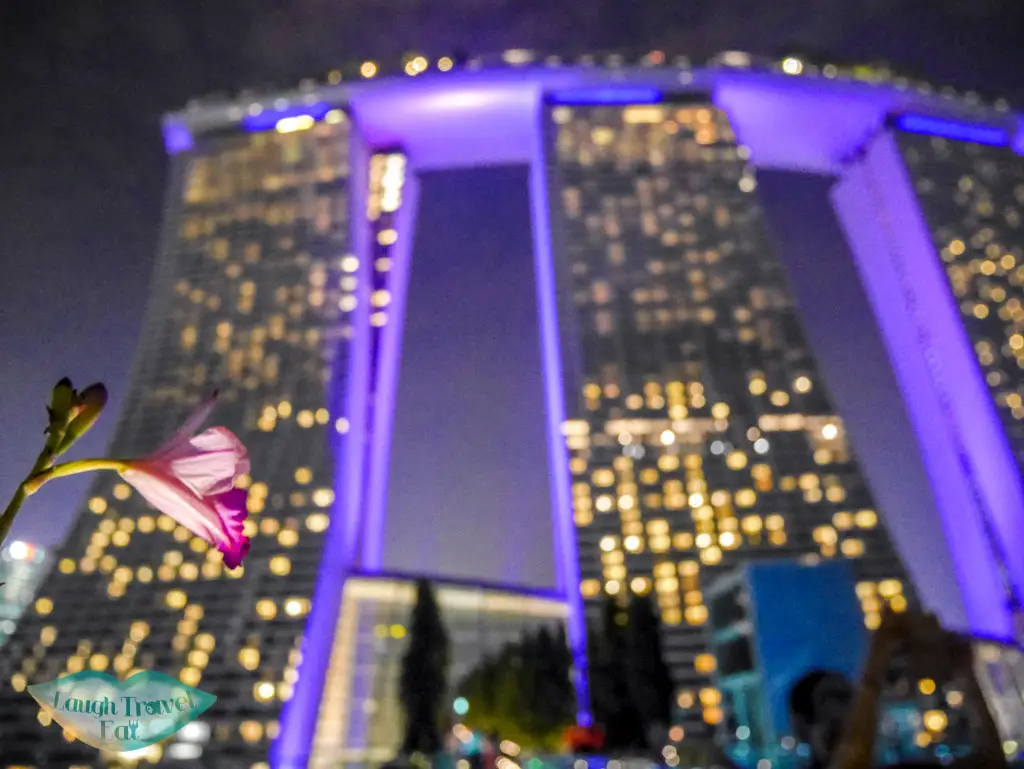
Hi Nam! I am Natalie who went to Kadoorie Farm with you, and with my photographer colleague! I was researching on info of Kadoorie Farm and then coincidentally browsing your website, thinking that this blog has really good content. Then I saw some photos and I spotted it is you!! I wanted to ask for your blog or ig on that day but we departed quite suddenly. It was really a good time with you in the Kadoorie Farm and your blog is super good! SUPPORT!
Hi Natalie! Great to see you – sorry we couldn’t say bye – we got pretty hungry! Thanks so much for your kind words!